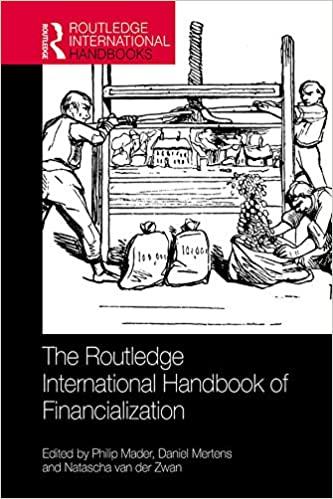Over the last few decades, the United States beer industry has been characterized by a very clear trend toward an increase in the concentration of
Over the last few decades, the United States beer industry has been characterized by a very clear trend toward an increase in the concentration of the market. Today, some 80% of all beer consumed in the United States is produced by just three companies Anheuser-Busch, SAB-Miller, and Molson Coorsup from 57% of the market in 1980. Anheuser-Busch had almost 50% of the market in 2008, up from just 28.2% in 1980. SAB-Miller (formed in 2002 when South African Breweries merged with Miller Beer) had around 19% of the market, and Molson Coors has 11% of the market.
Anheuser Busch, SAB-Miller, and Molson Coors dominate the mass market segment of the industry, where competition revolves around aggressive pricing, brand loyalty, distribution channels, and national advertising spending. In contrast, there is another segment in the industry, the premium beer segment, which is served by a large number of microbrewers and importers, the majority of which have a market share of less than 1%. The premium segment focuses on discerning buyers. Producers are engaged in the art of craft brewing. They build their brands around taste and cover higher product costs by charging much higher pricesroughly twice as much for a six pack as the mass market brewers. The microbrewers and importers have been gaining share and currently account for about 11% of the total market.
Over the last two decades, the industry has changed in a number of ways. First, consumption of beer in the United States has been gradually declining (even though consumption of premium beer has been increasing). Per capita consumption of beer peaked at 30 gallons in 1980 and fell to a low of 21.8 gallons in 2007. The decline in consumption was partly due to the growing popularity of substitutes, particularly wine and spirits. In 1994, Americans consumed 1.75 gallons of wine per capita. By 2006, that figure had risen to 2.16 gallons. Consumption of spirits increased from 1.27 gallons per capita in 1994 to 1.34 gallons per capita over the same period.
Second, advertising spending has steadily increased, putting smaller brewers at a disadvantage. In 1975, the industry was spending $0.18 per case on advertising; by 2002 it was spending $0.40 per case. (These figures are inflation adjusted.) Smaller mass-market brewers could not afford the expensive national TV advertising campaigns required to match the spending of the largest firms in the industry, and they saw their market share shrink as a result.
Third, due to a combination of technological change in canning and distribution and increased advertising expenditures, the size that a mass- market brewer has to attain to reap all economies of scale called the minimum efficient scale of productionhas steadily increased. In 1970, the minimum efficient scale of production was estimated to be 8 million barrels of beer a year, suggesting that a market share of 6.4% was required to reap significant economies of scale. By the early 2000s, the minimum efficient scale had increased to 23 million barrels, implying that a market share of 13.06% was required to reap significant economies of scale.
By the early 2000s, only 24 mass-market brewers were left in the United States, down from 82 in 1970. Among the remaining mass-market brewers, only Anheuser Busch has been able to achieve superior competitive advantage. The companys ROIC (return on invested capital) has been high, fluctuating in the 17% to 23% range between 1996 and 2008, while net profits grew from $1.1 billion in 1996 to $2 billion in 2008.
Questions:
- Are there different strategic groups in the industry? Do you think the nature of competition varies between groups?
- Do you think there are still opportunities left in this industry to earn abnormal profit? Defend your viewpoint. You are encouraged to use relevant learnings from Porters five forces model.
- Are you convinced with the methodology through which competitive advantage has been measured for Anheuser Busch? Defend your standing.
- As per the case data, US-based consumers are slowing tilting towards beer alternatives like wine and spirits. So, do you think formal strategic planning best practices are still relevant for this industry? Defend your viewpoint.
- If you were a strategy analyst working for Anheuser Busch, would you have stick to the industry-definition presented in this case? Defend your standing.
Step by Step Solution
There are 3 Steps involved in it
Step: 1

See step-by-step solutions with expert insights and AI powered tools for academic success
Step: 2

Step: 3

Ace Your Homework with AI
Get the answers you need in no time with our AI-driven, step-by-step assistance
Get Started


